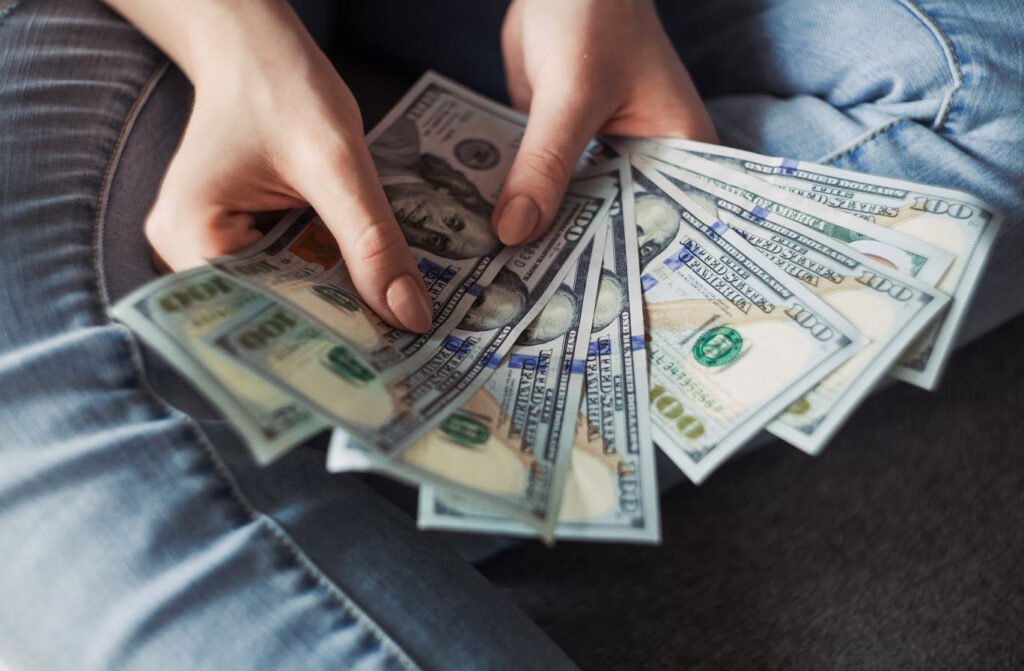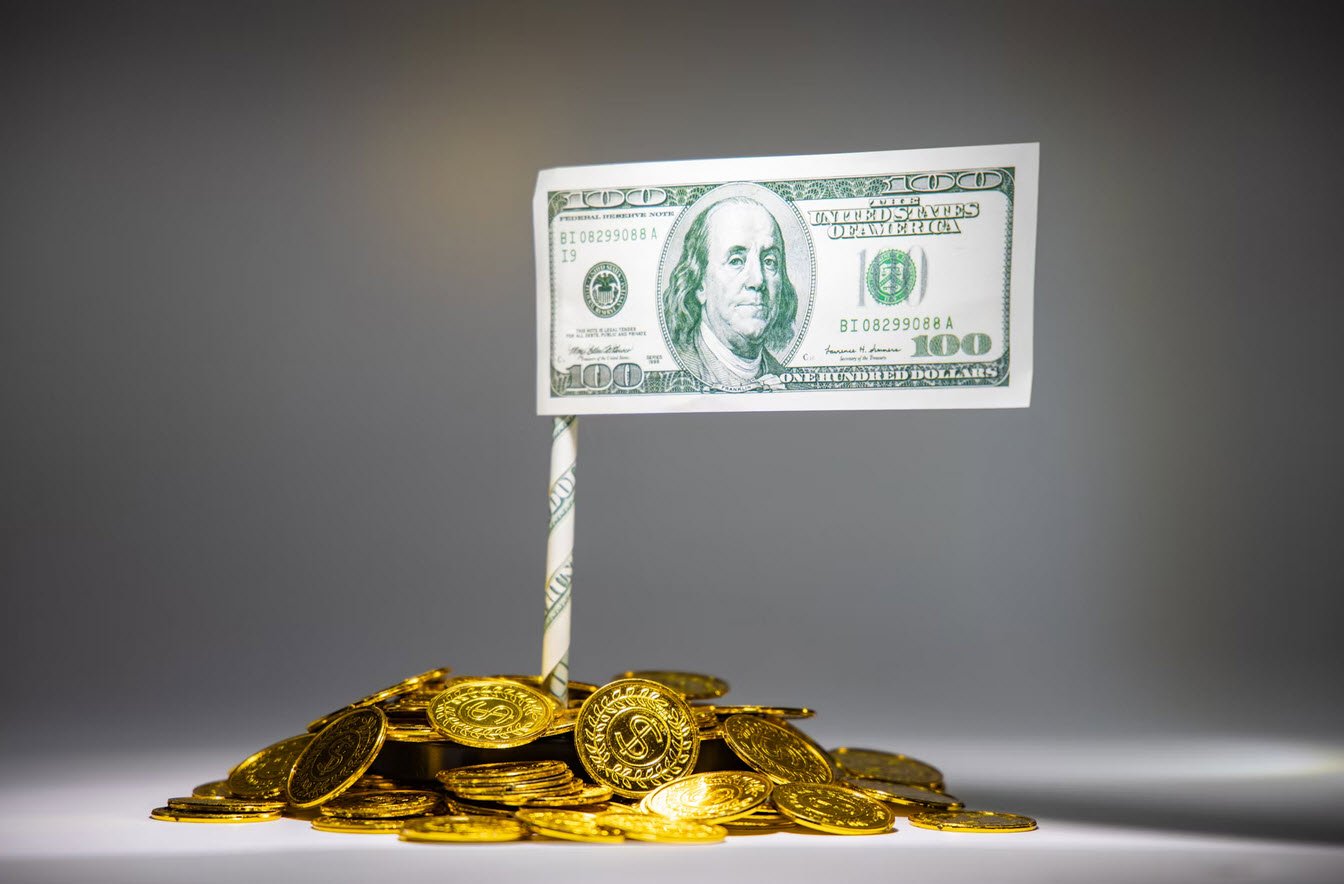
Money is a universal medium of exchange used for various transactions, and it can take different forms. In this article, we will explore the various types of money.
1. Metallic Money
Metals like gold and silver are used to create metallic money, which comes in the form of coins. These coins have denominations like Rs. 1, 2, and 5 in India. Due to their weight, metallic coins are not suitable for large transactions, and are therefore used mainly for small purchases.
There are two types of metallic money:
- Full Bodied Coins: When the face value of the coin equals the value of the metal it contains, it is a full bodied coin. Historical gold and silver coins are examples of this type.
- Token Money: When the face value of a coin is greater than the value of the metal it contains, it is called token money. In India, all coins are token money.
2. Paper Money
Paper money, also known as banknotes, are issued by the central bank or government of a country. It is classified into three types:
- Representative Money: Representative money is backed by equal metallic reserves. The holder of the banknote can exchange it for metallic (gold or silver) on demand.
- Convertible Money: Convertible money can be exchanged for gold or silver, but the government does not fully back all notes with gold. Instead, a particular proportion of notes issued are backed by gold reserves.
- Inconvertible/Fiat Money: Inconvertible or fiat money has no intrinsic value. Its face value is greater than the value of the paper it is printed on, but its purchasing power is accepted as legal money by the government. It is the most common form of money used in daily transactions.
3. Bank Money
Bank money, also known as credit money, is the most modern form of money. It includes cheques, bills of exchange, and drafts.
- Cheques: A cheque is an unconditional order by the client on their bank to pay a certain amount to them or another party.
- Bills of Exchange: A bill of exchange is an order by the drawer to the drawee to pay a sum of money to the drawer or to any other party.
- Drafts: A draft is a cheque drawn by a bank on its own branch or the branches of another bank requesting it to pay a specific amount to a person named on it.
4. Legal Tender Money
Legal tender money is accepted as a means of payment and in discharge of debt. It includes all notes and coins issued by the government and central bank, and is divided into two types:
- Limited Legal Tender Money: Coins are a type of limited legal tender money that can be used for payments up to a certain limit.
- Unlimited Legal Tender Money: All notes issued by the central bank are unlimited legal tender money and can be used for any amount of payment.
5. Plastic Money
Plastic money refers to credit and smart cards that are widely used for transactions. They have a specially printed set of characters and are gaining popularity as a form of payment.
6. Near Money
Near money is a type of money that can easily be converted into cash. It includes deposits, government bonds, and printed bonds, among others.
In conclusion, the various forms of money serve different purposes and have their advantages and disadvantages. Understanding the different types of money is essential for effective financial planning and decision-making.
You may also like:- How To Get Loan Against Your LIC Policy
- 100 Hobby Niche Ideas – A Comprehensive List
- 21 Ways to Make Money Online in 2024
- Securing Your Finances – The Evolution of Online Banking
- How We Made $10,000 Monthly With Affiliate Programs
- Top Creative Tips on Making Money
- Building a Sustainable Monthly Income Stream from Home
- How To Make $100 Per Day With Google AdSense
- Build Your Blog Into a Brand – Strategies for Freelancers
- Six Realities Every Freelancer Faces








